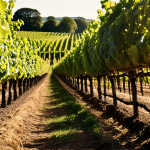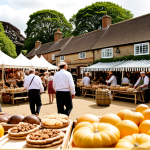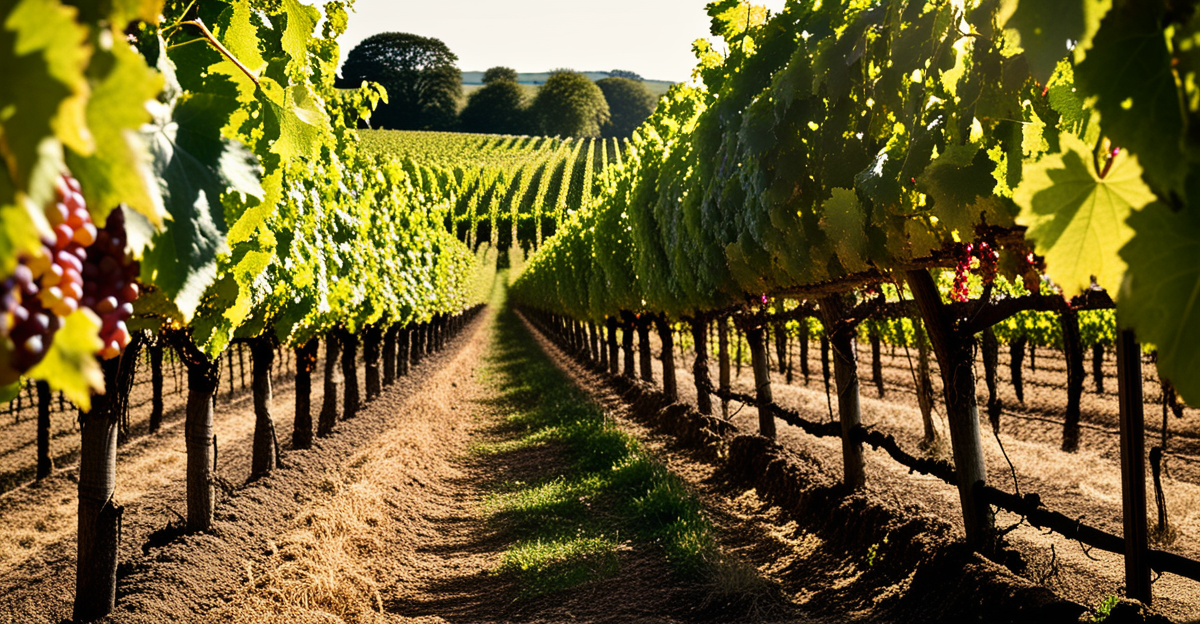Exploring the United Kingdom’s Historic Wine Regions
The UK wine regions each hold a rich tapestry of British wine history, showcasing a remarkable evolution from medieval vineyards to modern-day English vineyards flourishing with renewed vigor. Historically, England’s chalk and limestone soils, especially in regions like Kent, Sussex, and Hampshire, created ideal conditions that once supported flourishing vineyards during Roman and medieval times. After centuries of decline, a resurgence in the 20th century sparked a renaissance of British vineyards driven by advances in viticulture and climate shifts.
This revival emphasizes traditional methods blended with innovative techniques, helping to shape an emerging UK wine culture. Modern English vineyards now focus on producing high-quality sparkling wines comparable to world-renowned regions. Key factors bolstering this growth include the UK’s unique terroir, increasing consumer interest, and dedicated investments in research. The renewed focus on sustainable practices and local identity has further fueled enthusiasm for wines with distinctly British character, making these historic regions central to the UK’s expanding wine landscape.
Additional reading : Discover the vibrant traditions: the ultimate adventure guide to scotland’s highland games!
Exploring the United Kingdom’s Historic Wine Regions
The UK wine regions such as Kent, Sussex, and Hampshire stand out for their deep roots in British wine history. These areas once thrived during medieval times, benefiting from favorable conditions ideal for vines. Over centuries, English vineyards faced decline but have impressively revived, blending tradition with modern techniques.
The evolution of winemaking in Britain reveals a journey from near disappearance to vibrant rebirth. Pioneers of English vineyards embraced climate adaptation and selective grape varieties, which transformed these regions into hubs of acclaimed sparkling wine production. This resurgence aligns closely with advances in viticulture and a keen focus on sustainability.
Also to read : Discovering history: a fascinating journey through northumberland’s ancient stone carvings
Several key factors support this emerging UK wine culture. First is the unique terroir, characterized by chalky soils and temperate climate, which imparts distinct profiles to wines. Second, increased consumer interest both locally and internationally fuels demand. Third, continuous investment in research and development strengthens quality standards and innovation.
Together, these influences underscore how historic UK wine regions are not just relics but dynamic centers contributing significantly to modern British wine culture. Their ongoing evolution offers compelling narratives that reconnect the past with a promising future.
Exploring the United Kingdom’s Historic Wine Regions
The UK wine regions such as Kent, Sussex, and Hampshire remain pivotal in British wine history, showcasing a remarkable evolution of English vineyards. These regions gained prominence centuries ago, benefiting from chalk-rich soils and temperate climates ideal for grape cultivation. Over time, winemaking techniques declined, but recent decades have seen a deliberate revival fueled by innovation rooted in tradition.
This renaissance is visible through the careful selection of grape varieties suited to cooler climates and sustainable vineyard management practices. The re-emergence of vines in these UK regions is supported by advances in science and technology, making modern English vineyards competitive globally, especially in sparkling wine production.
Three key factors drive the UK’s emerging wine culture. First, the geographic and climatic advantages unique to these regions allow for distinct wine profiles. Second, consumer enthusiasm within and beyond the UK creates burgeoning demand for British wines. Third, investment in research ensures continuous improvement and quality assurance. Altogether, these elements contribute to an ongoing transformation, securing the UK wine regions’ place in both British wine history and the future of English vineyards.
Exploring the United Kingdom’s Historic Wine Regions
The UK wine regions such as Kent, Sussex, and Hampshire are celebrated not only for their picturesque landscapes but for their significant contributions to British wine history. These regions originally thrived during Roman and medieval eras, where the chalk and limestone soils provided ideal conditions for flourishing English vineyards. Over centuries, England’s winemaking faced challenges due to climate shifts and political changes, but recent decades have seen a powerful resurgence.
This revival of UK wine regions reflects a blend of respect for tradition with modern viticultural advances, focusing on grape varieties suited to cooler climates. The evolution in winemaking includes improved soil management, sustainable practices, and precision techniques that enhance grape quality. Such efforts have made English vineyards increasingly competitive on the global stage.
Key factors underpinning the UK’s emerging wine culture include the unique terroir—notably the chalky soil that contributes to the crispness of wines—alongside increased investments in research and technology. Consumer demand for authentic, local wines further fuels this growth. Altogether, these elements underscore why the UK wine regions continue to write new chapters in the rich tapestry of British wine history.
Exploring the United Kingdom’s Historic Wine Regions
Delving into UK wine regions reveals areas like Kent, Sussex, and Hampshire, each with an enduring place in British wine history. These regions originated as centers of winemaking due to their favorable climates and mineral-rich chalk and limestone soils, fostering thriving English vineyards centuries ago. The evolution here reflects both decline and revival; after passions waned through political and climate challenges, modern viticulture rediscovered these historic landscapes.
The revival of UK wine regions incorporates both tradition and innovation, emphasizing grape varieties suited to cooler climates. Technological advances such as precision soil management and sustainable approaches are pivotal in improving grape quality. This blend supports a resurgence not only grounded in heritage but propelled by scientific understanding.
Key factors underpinning this emerging British wine culture include the unique terroir allowing distinct flavor profiles. Continued investment in research enhances quality and reliability, drawing increased consumer enthusiasm both domestically and internationally. Together, these elements solidify the role of historic English vineyards as active contributors to the UK’s dynamic wine landscape, bridging past achievements with future potential.






